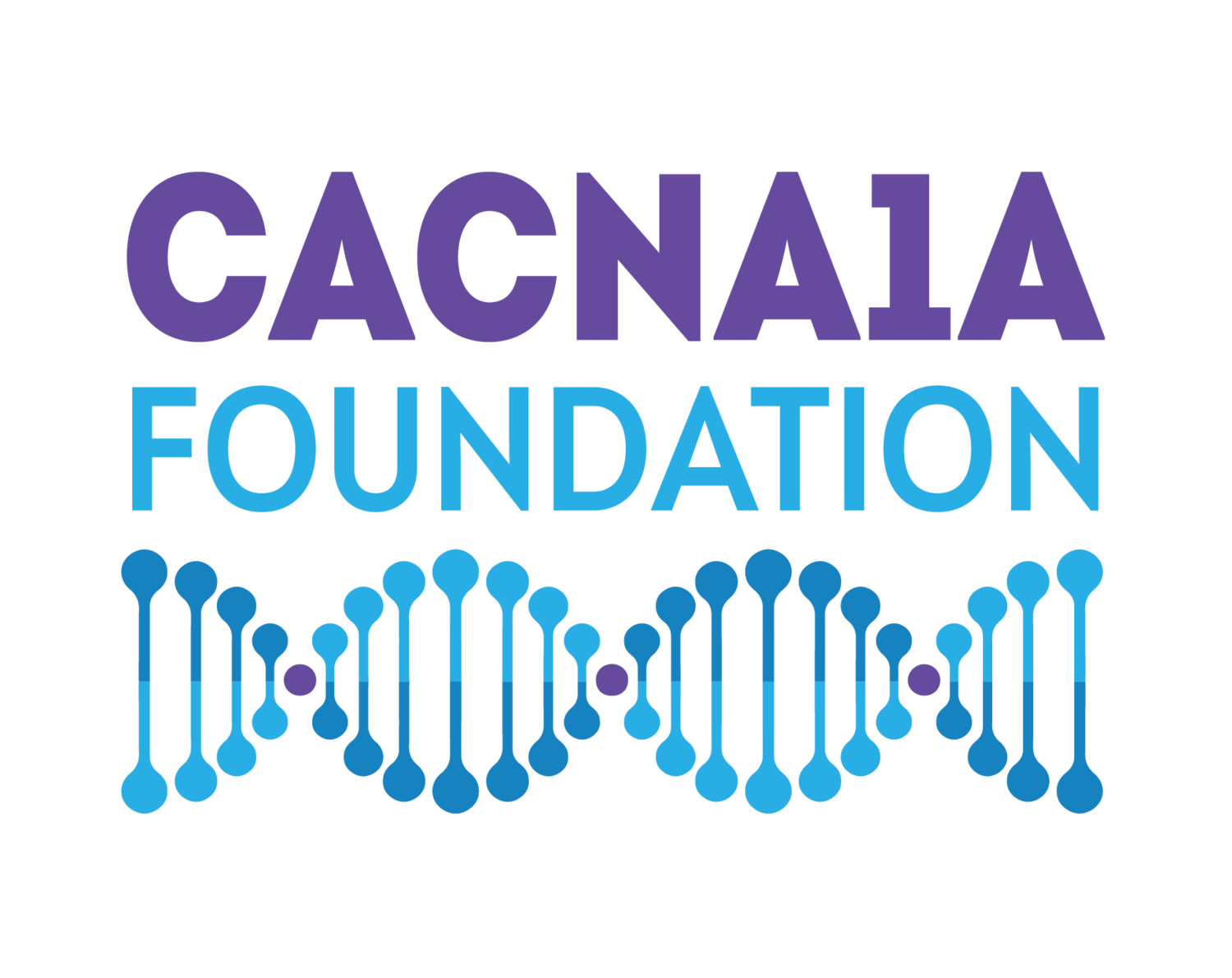First Time Events
CACNA1A-related Hemiplegic Migraine is a medical emergency that requires immediate treatment to prevent permanent damage, or even death.
It should be treated with the same sense of urgency as a seizure.
If a patient has a CACNA1A variant known to be associated with hemiplegic migraine, please review the information below so the caregiver is prepared to recognize an attack and knows to seek immediate treatment.
-
A first time hemiplegic migraine can be difficult to recognize because similar symptoms can be seen in other conditions like stroke, seizure, infection and brain tumors. In complicated patients who also experience movement, eye movement disorders, and/or may have verbal communication deficits, it can be especially difficult to recognize an attack at onset. Please review the following symptoms, triggers and caregiver provided videos and quotes to prepare for a potential hemiplegic migraine.
-
Symptoms may include:
-One-sided weakness and/or paralysis (which is a distinguishable symptom for most)
-Eye deviation
-Increased nystagmus (more than the patient’s baseline nystagmus)
-Decreased responsiveness and/or altered consciousness
-Vomiting
-Development of a fever
-Seizures -
Triggers* may include:
-Minor head trauma
-Seizures
-Emotional or physical stress
-Exertion
-Viral infections
-Lack of sleep
-Menstrual period
-Catheter angiography
*Can also occur without identified trigger
Note on minor head trauma: Typically, within an hour of the injury a child might develop a headache, vomiting or a fever.
Note on CSHM with seizures: The weakness on one side of the body becomes evident after seizures are controlled. If a patient requires sedation to control seizures, a CSHM may not be detectable and should be treated if at all suspected. For those whose CSHM is triggered by seizures, it can be difficult to differentiate when seizure has stopped and CSHM begins due to some similarities in presentation (eye deviation).
Caregiver Provided Videos and Quotes
While each patient’s hemiplegic migraine will present uniquely, the following videos provide examples of how CACNA1A-related hemiplegic migraine presents for these particular individuals. We are grateful to the families who shared these videos.
-
Variant R1349Q
This patient has a known history of CACNA1A-related hemiplegic migraines and his caregivers have learned to recognize an attack at onset. His caregiver reports “You will see in the video we know it’s on the right side, so I give him a stress ball to try and squeeze to see if he has any feeling. As the HM progresses, our son holds his right hand with his left. This is how he lets us know his arm isn’t working.”
Video A -
Variant R1349Q
”During my son’s events, we’ve seen him grabbing his right (affected) hand and arm with his left hand. I wonder if it’s tingling or he knows it’s not working right.”
Video A
"In this video, the HM is triggering dystonia in arm/hand. He does a thumbs up ‘spider man’ pose with a clenched fist.
Video B
"Here is another example of the thumbs up spider man pose with a clenched fist."
Video C
"Here is another example of the thumbs up spider man pose with a clenched fist."
Video D
"Here is my son post HM, but he still can’t move his right side, and the right side of his face is drooping." -
Variant V1396M
“My son’s HM always begins/is triggered by a seizure. The seizure is usually more severe in nature including oxygen desaturation often below 80. Sometimes the oxygen desaturation continues during the HM, even when the seizure has stopped. Symptoms of less severe HM include eye deviation with nystagmus and blinking, with brief one sided weakness. More severe HM presentations include vomiting, severe somnolence, longer one sided weakness and sometimes fever. Symptoms that are different from the preceding seizure include awareness with distress, eyes that are capable of blinking and intentional/ purposeful movements that are made. These signs are very helpful to know when a seizure has stopped and an HM has begun.”
Video A
”This is an example of my son’s severe HM presentation. He is very somnolent and is having involuntary movement of his left hand."
Video B
"This is an example of my son's less severe presentation. His eyes are deviated left, with nystagmus and blinking. The eye deviation then travels to the right."
Video C
”This is another one of his severe HM presentations with extreme somnolence and eye deviation with nystagmus."
Video D
”This is an example of my son’s less severe presentation. His eyes are deviated to the right with nystagmus and blinking. He can make intentional/purposeful movements as seen at the end of the video clip." -
Variant V1393M
“My daughter has had two severe hemiplegic migraine events, both triggered by status seizures. First event: She was intubated for a status seizure. Upon extubation, we noticed her eyes were unable to look to the left and her entire left side was paralyzed and had zero pain response. The doctors told us she had a stroke and immediately wheeled her away for a CT scan. Both the CT and subsequent MRI ruled out a stroke. After a day or so, she showed tiny finger and toe movements and very slowly regained additional movement on the left side. It took several months for her to fully recover. Second event: She began vomiting during a status seizure (which NEVER happens), so the ER treated for both the status and for a hemiplegic migraine out of caution because we know how dangerous hemiplegic migraines can be. Sure enough, upon extubation, she exhibited one-sided weakness.”
The resources on this page are evolving as our panel makes progress on a consensus for treatment guidelines. Given the potential consequences of CACNA1A-related hemiplegic migraines, we felt a sense of urgency to provide an immediate resource for families and their physicians. Please return to this page for updated guidelines and additional resources in the near future. The contents of this guide are not intended to substitute for professional medical advice, diagnosis or treatment. Please consult your physician for personalized medical advice.

